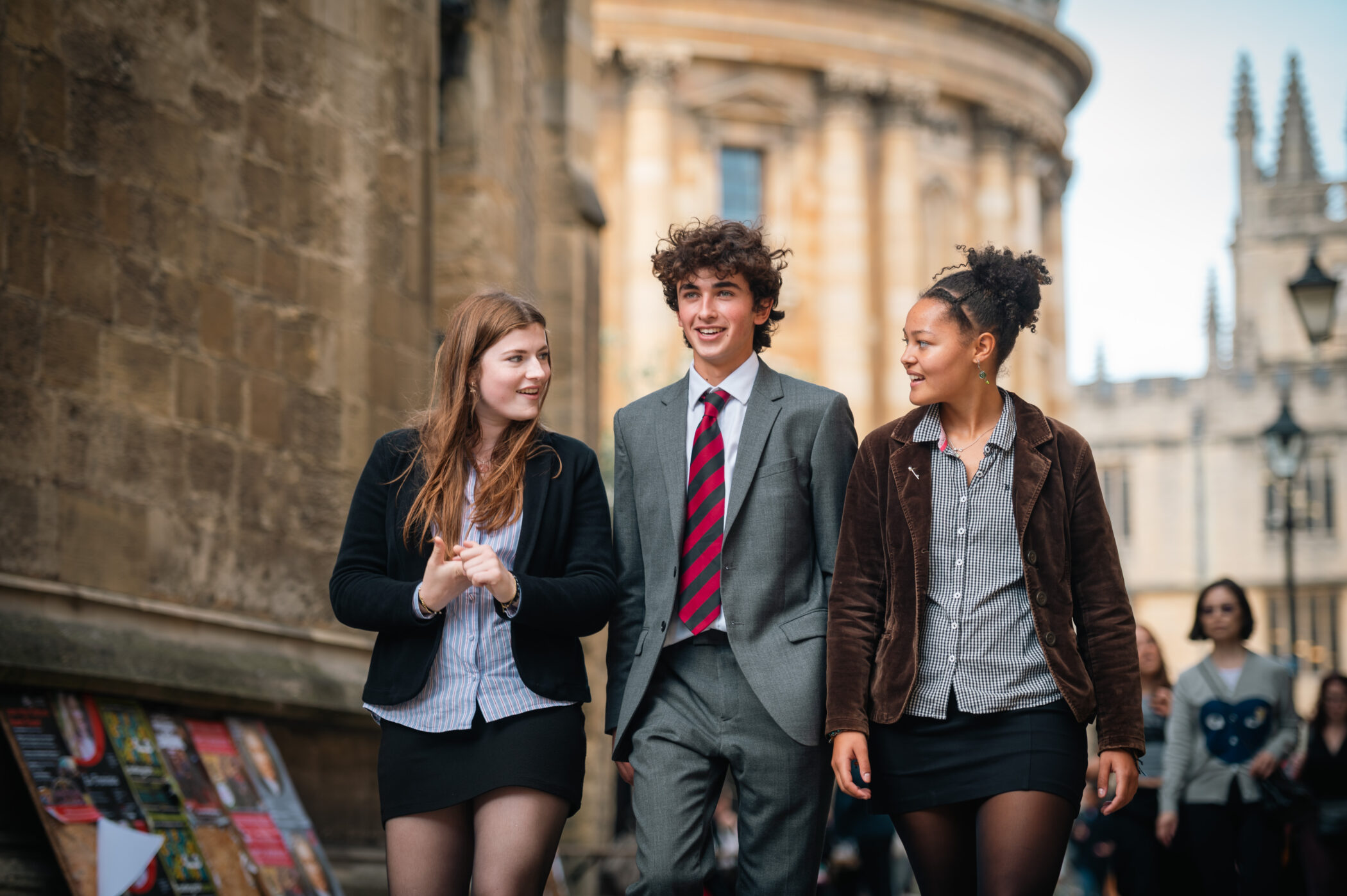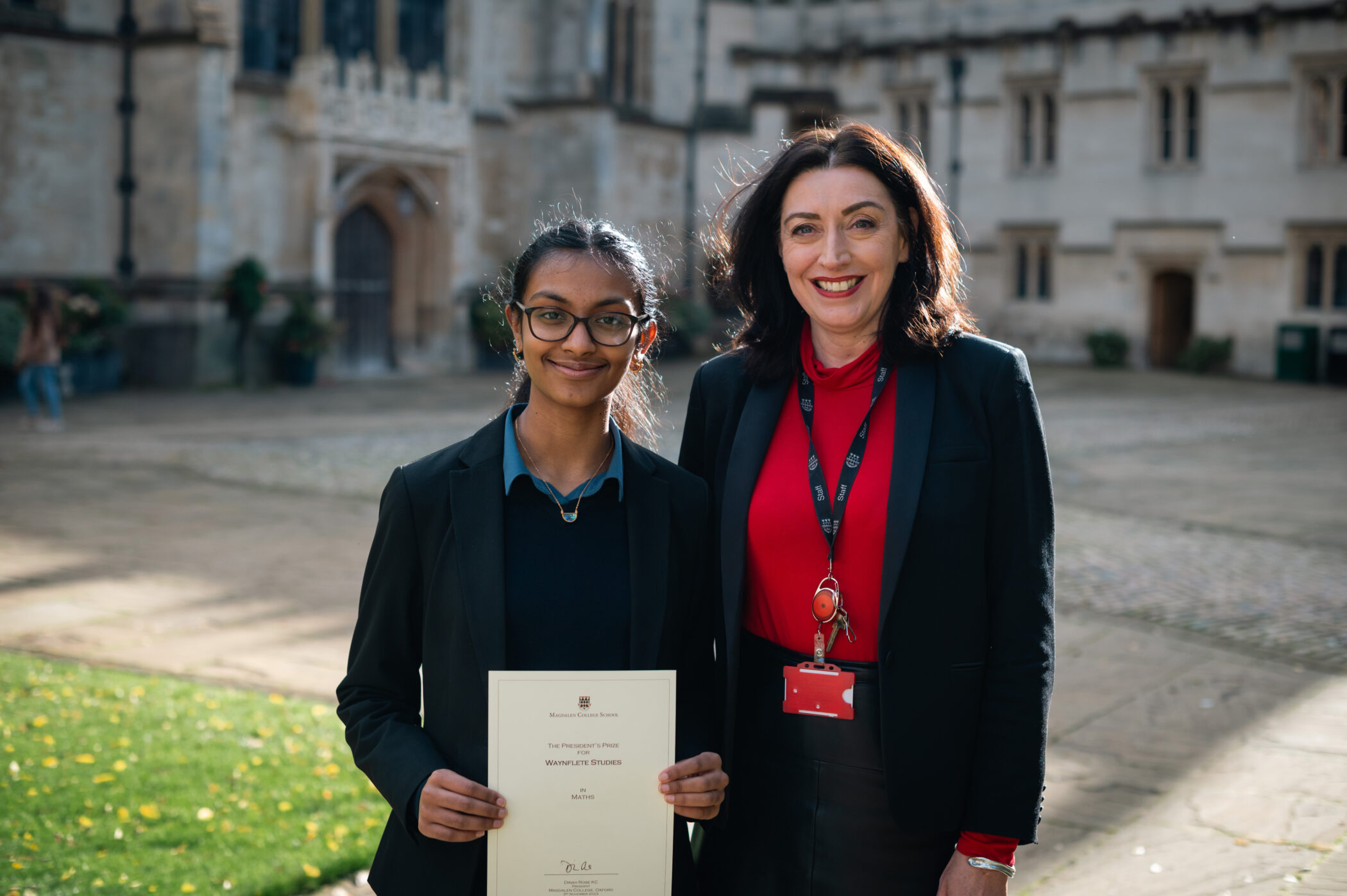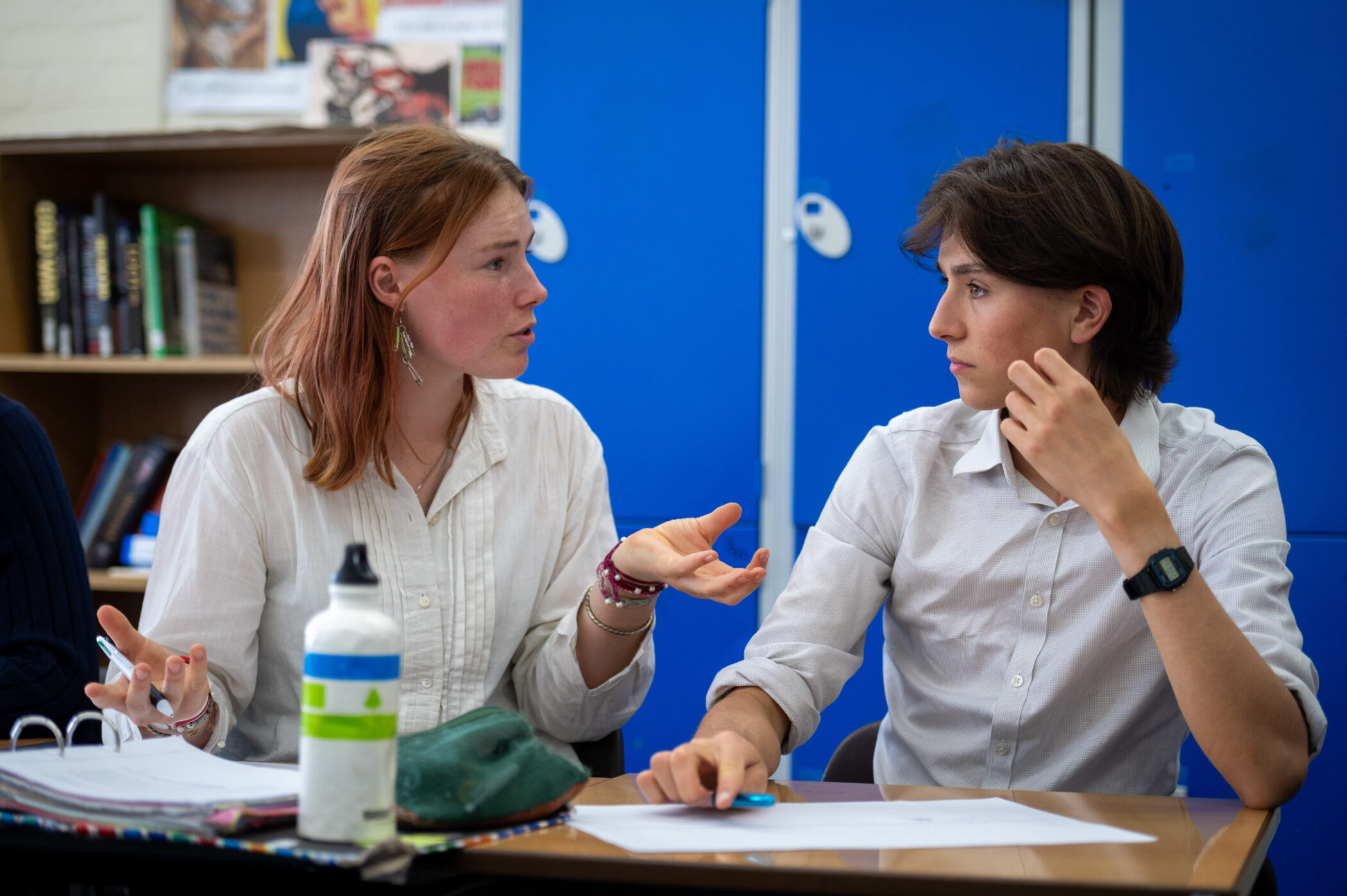A-level Fine Art
A-level Art gives students an unrivalled opportunity to work creatively, with a high degree of independence and plenty of free choice over the direction of their studies. The ability to select one’s own chosen subject matter and develop projects in a completely bespoke way is immensely rewarding. Art remains a popular option, and for many students is the most important step towards considering areas such as Architecture, Design, Advertising, Fashion, Illustration and of course Fine Art-related subjects at university level. Equally, a great many students take Art A-level at MCS primarily to offer contrast to their other subject choices.
Creating art is a powerful process which can vastly improve a person’s quality of life and outlook, whether they explore it vocationally or recreationally. All humans have the impulse to express themselves creatively, and fulfilling this urge is extraordinarily satisfying. The successful artist must always remain open to new possibilities offered by the subject, as well as by materials, teachers and peers. We therefore place a great emphasis on dialogue and feedback within the Department.
It is important to note that the department takes a Fine Art stance.
Course content L6
The course starts with an introductory ‘transition’ segment, which takes up the majority of the Michaelmas term. This will introduce a wide range of new processes, media and the approaches to mark-making, and will also develop students’ observational skills. Other approaches, such as darkroom photography and graphic design software, will be taught to those who are unfamiliar with them. Running alongside this is weekly prep which will develop into an independent project; this culminates in an extended final piece completed in first half of the Hilary term.
The second half of the year is spent developing Component One – the major coursework project of the A-level course. Students will have the freedom to design their own project brief/title. Throughout the year, the course is enriched with regular Art History lectures, Seminar Classes (discussing set texts), and Group Critiques. A Life Class and extra-curricular act is an optional addition.
Course content U6
Component One is developed further in the Michaelmas term , leading up to the production of a highly ambitious final piece just before Christmas. An extended essay will also supplement the project.
In January, the exam board will release the exam paper that contains the starting points for Component Two; the process of this is similar to that of Component One but with less time. Again, your portfolio/sketchbook of preparatory work will eventually culminate in an extended exam, held over several days in early Trinity term, in which you complete the final piece.
Examination arrangements
In effect, coursework begins from halfway through the L6th year and continues up until Christmas in the U6th. End-of-year Mock Examinations in this subject will be a combination of timed exam days to produce preparatory work, and opportunities to submit coursework-in-progress for formal assessment. The examination unit is also effectively ‘coursework’, given that it runs from January until study leave in Trinity term. Both Component One and Component Two assess an extended body of preparatory work alongside the accompanying final pieces (similar to how GCSE Art operates).
Below is a list of material we recommend looking into over the summer before Lower Sixth; Suggested Preparation material will help you make the transition to A-level material and in Further Inspiration we recommend material for broadening your horizons and widening your knowledge and understanding of the subject.
| Suggested preparation | ||
| Various | A booklet of selected literary extracts from a wide range of sources will be issued to you before the summer holidays. We ask you to read it through and highlight/annotate over the long break. Instructions can be found in the booklet, but essentially you are simply required to identify themes/ideas/imagery within these extracts which you might want to develop once term begins. |
|
| Further inspiration | ||
| Berger, John | About Looking | |
| Ways of Seeing | ||
| Hughes, Robert | The Shock of the New | |
| Ingels, Bjarke | Yes is More | |
| Lubbock, Tom | English Graphic | |
| Pointon, M | History of Art: A Student’s Handbook | |
| Thompson, Don | The $12m Stuffed Shark: The Economics of Contemporary Art | |
| Grayson Perry | Reith Lectures | Series of 4 audio recordings |
| – | 99% Invisible | Dip into this podcast series on design |
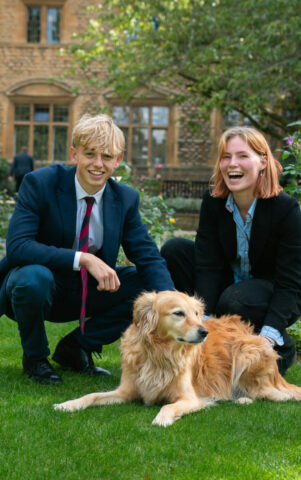 MCS ranks among the top independent secondary schools, and in 2024 was awarded Independent School of the Year for our contribution to social mobility.
MCS ranks among the top independent secondary schools, and in 2024 was awarded Independent School of the Year for our contribution to social mobility.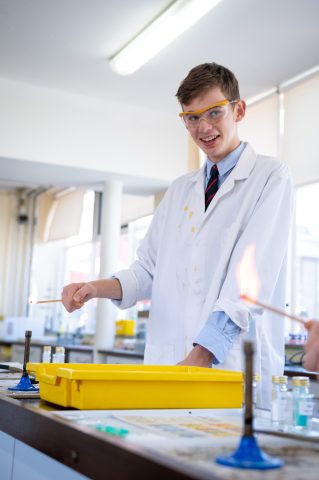
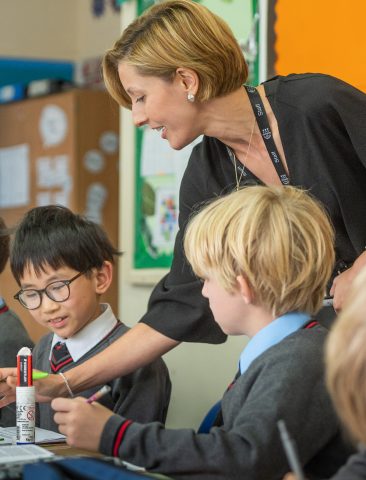
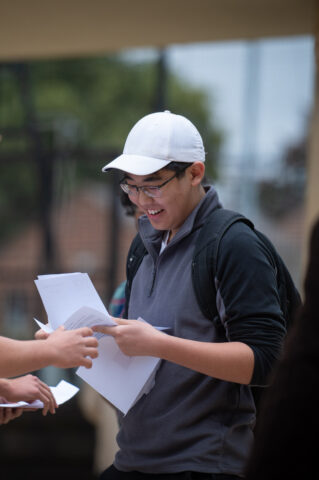 28 of our pupils achieved 10 or more 8 or 9 grades in 2024.
28 of our pupils achieved 10 or more 8 or 9 grades in 2024.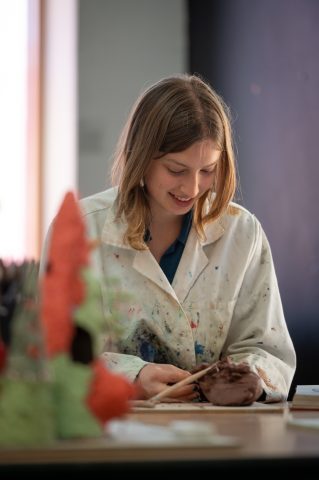
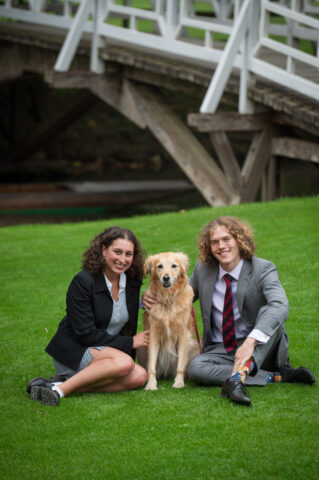 In 2023-24, MCS received over £448,000 in donated funds.
In 2023-24, MCS received over £448,000 in donated funds.